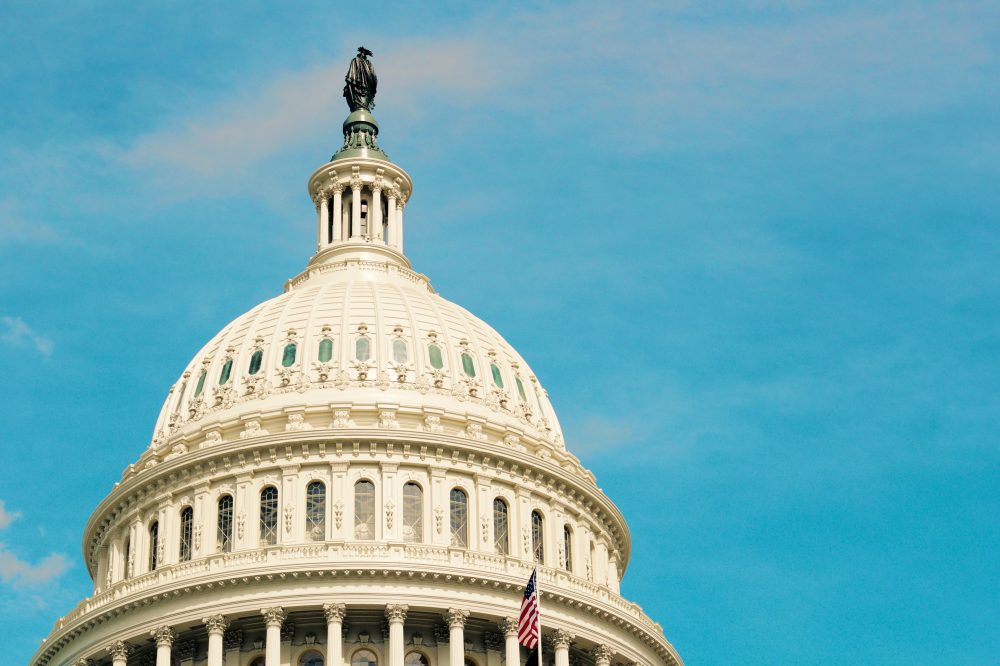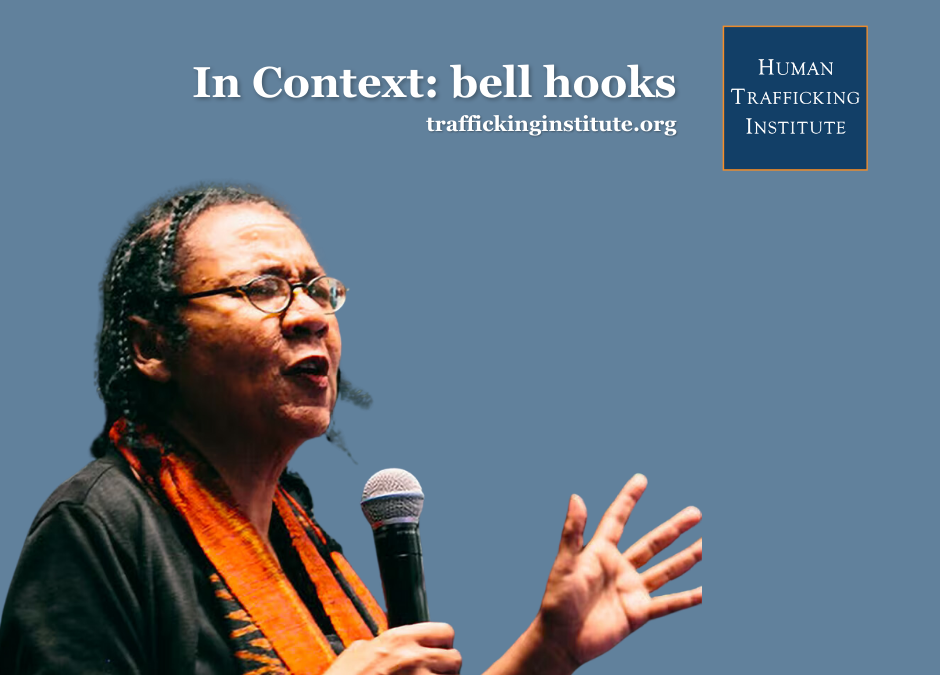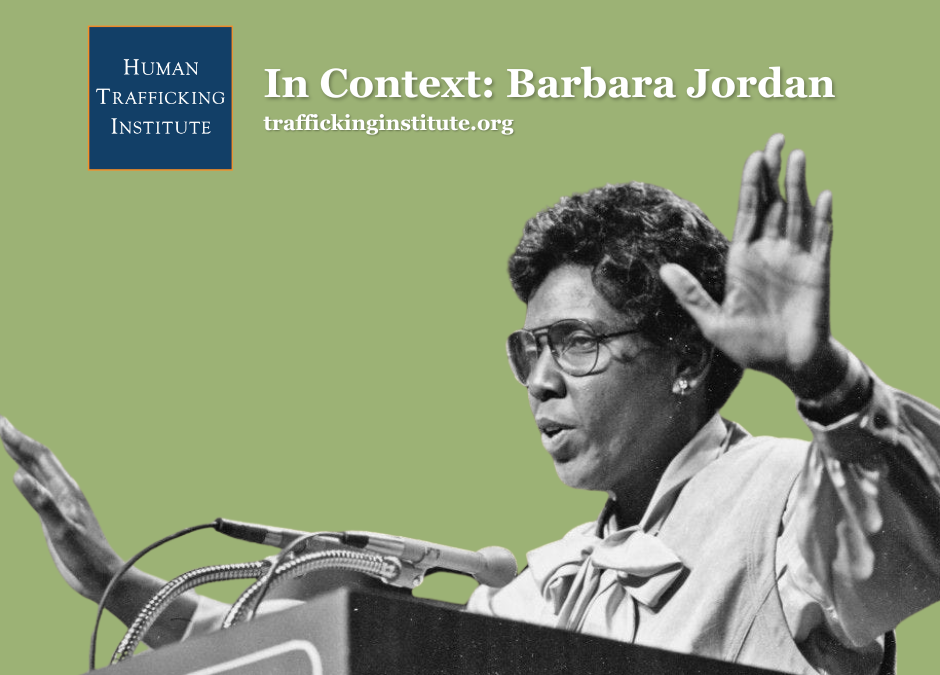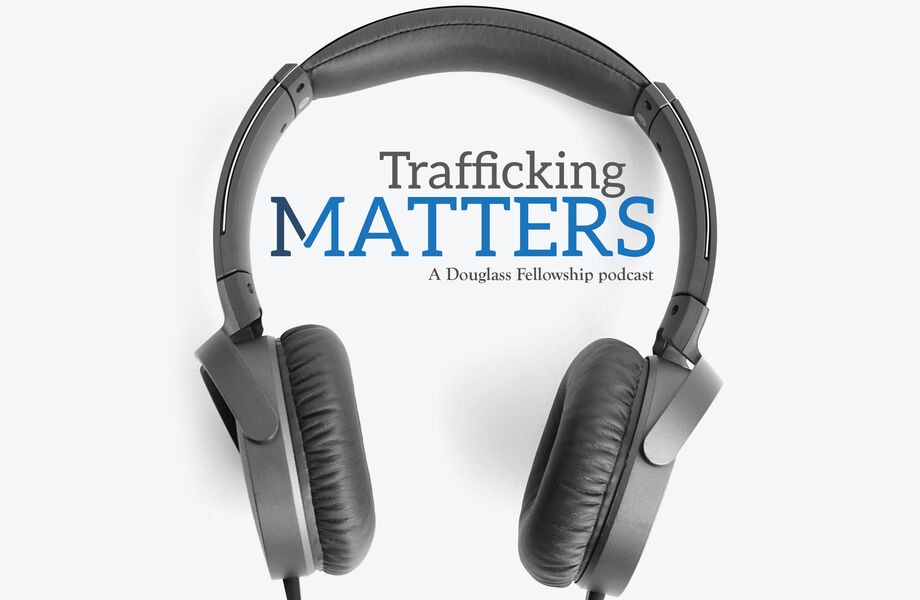President Trump signed into law the last of the four bills that represent the most recent reauthorization of the Trafficking Victims Protection Act (TVPA)1 on January 9, 2019. This law strengthens the federal government’s efforts to combat human trafficking by reauthorizing existing programs and launching new enforcement, accountability, and prevention initiatives.
Enforcement Tools
The TVPRA emphasizes enforcement by providing stronger identification, prosecution, and sentencing tools to law enforcement and prosecutors. The law requires the U.S. Department of Homeland Security to develop victim screening protocols for local, state, and federal law enforcement to ensure that officers are trained to recognize human trafficking victims. The law emphasizes the need for law enforcement to refer human trafficking victims to services instead of arresting, charging, or prosecuting them for offenses directly resulting from their victimization.
Further, the law underscores the importance of specialized prosecution of human trafficking cases. The TVPRA designates a prosecutor in each federal judicial district to serve as the Human Trafficking Coordinator. This role will have the resources to coordinate with federal, state, and local law enforcement and victim service providers in order to bring multi-jurisdictional cases. The TVPRA gives all prosecutors the power to enjoin conduct that may violate federal human trafficking statutes.
The TVPRA increases the penalties for human trafficking convictions. First, the law raises the maximum prison sentence for several human trafficking offenses:
- 18 U.S.C. § 1583 offenses went from 20 to 30 years;
- 18 U.S.C. § 1587 offenses went from four to ten years;
- 18 U.S.C. § 1591(d) offenses went from 20 to 25 years; and
- 18 U.S.C. § 2426 was amended to increase the maximum prison sentence for repeat offenders from twice the underlying offense’s maximum prison sentence to three times the underlying offense’s maximum prison sentence.
Second, the law extended the mandatory restitution provision in human trafficking offenses to apply to Mann Act offenses.
Government and Corporate Accountability

The TVPRA takes steps to hold corporate and government entities accountable for practices that directly or indirectly support human trafficking. In terms of corporate accountability, the law requires to the extent possible that any goods produced with child or forced labor in the supply chain be put on the U.S. Department of Labor’s list of child-made goods. The law also requires the U.S. Government Accountability Office to investigate enforcement challenges regarding the U.S. Tariff Act, which prohibits the import of any products made with forced labor. Identifying the challenges to enforcement should help increase the number of enforcement actions and thereby encourage companies to implement policies and practices that protect their supply chain from forced labor.
The law requires procurement officers within the U.S. government to be trained on policies that prevent government contractors from engaging in human trafficking. Further, it amends the National Defense Authorization Act of 2013 to eliminate the use of recruitment fees on U.S. government contracts overseas.
The TVPRA also reaffirms the importance of partnership in the development and execution of federal anti-trafficking programs. The law reauthorizes the U.S. Advisory Council on Human Trafficking, which provides an avenue for survivors to give feedback on government policies and efforts to combat human trafficking. The law also creates the Public-Private Partnership Advisory Council to End Human Trafficking, which will be made up of academics, nonprofits, and nongovernmental organizations with experience in human trafficking prevention. The Council will advise the federal government on effective anti-trafficking policies and programs.
TIP Report Integrity
The TVPRA takes steps to ensure that the annual State Department Trafficking in Persons (TIP) Report rankings are grounded in a demonstrable effort to combat human trafficking. First, the law defines what concrete actions demonstrate a country’s commitment to combatting human trafficking for purposes of determining a country’s ranking. The law also limits countries’ ability to withhold data on human trafficking prosecutions and convictions and remain on Tier 2. The law tightens the Tier 2 Watch List qualifications to focus on whether a country is taking concrete actions to improve their anti-trafficking efforts. It also limits the presidential waiver for Tier 2 Watch List countries to one year.
The law also requires the U.S. State Department to provide more information to Congress regarding countries with different rankings from the previous year. For countries that were upgraded from Tier 3 to Tier 2 Watch List, the State Department must provide to that country, and to Congress, an explanation for the improvement and a detailed action plan for how the country can maintain or further improve its ranking. For countries that were downgraded, the State Department must provide a rationale to the country, communicate the consequences of the downgrade, and note steps that can be taken to improve the country’s ranking.
Finally, the TVPRA requires the U.S. Executive Director of each multilateral development bank to work with other countries to develop anti-trafficking provisions in projects supported by the bank.
Prevention Efforts

The TVPRA expands prevention efforts for groups well situated to identify human trafficking victims. For example, the law opens up U.S. Department of Education grant money for schools to educate children about avoiding human trafficking and train staff on how to identify it. The TVPRA also permits grants authorized under the Victims of Child Abuse Act to be used for judicial training on human trafficking. Finally, the law institutes tailored human trafficking identification training for flight attendants on U.S. carriers.
Impact of the TVPRA
Collectively, the measures in the TVPRA assure that the federal government undertakes a coordinated response to combatting human trafficking. The law prioritizes enforcement, accountability, and prevention to ensure that U.S. government efforts have a meaningful impact on the prevention and eradication of human trafficking.
- 1 The TVPRA is a legislative package made up of four bills, including the Frederick Douglass Trafficking Victims Prevention and Protection Reauthorization Act of 2018 (H.R. 2200), the Abolish Human Trafficking Act of 2017 (S. 1311), the Trafficking Victims Protection Act of 2017 (S. 1312), and the Trafficking Victims Protection Reauthorization Act of 2017 (S. 1862).




